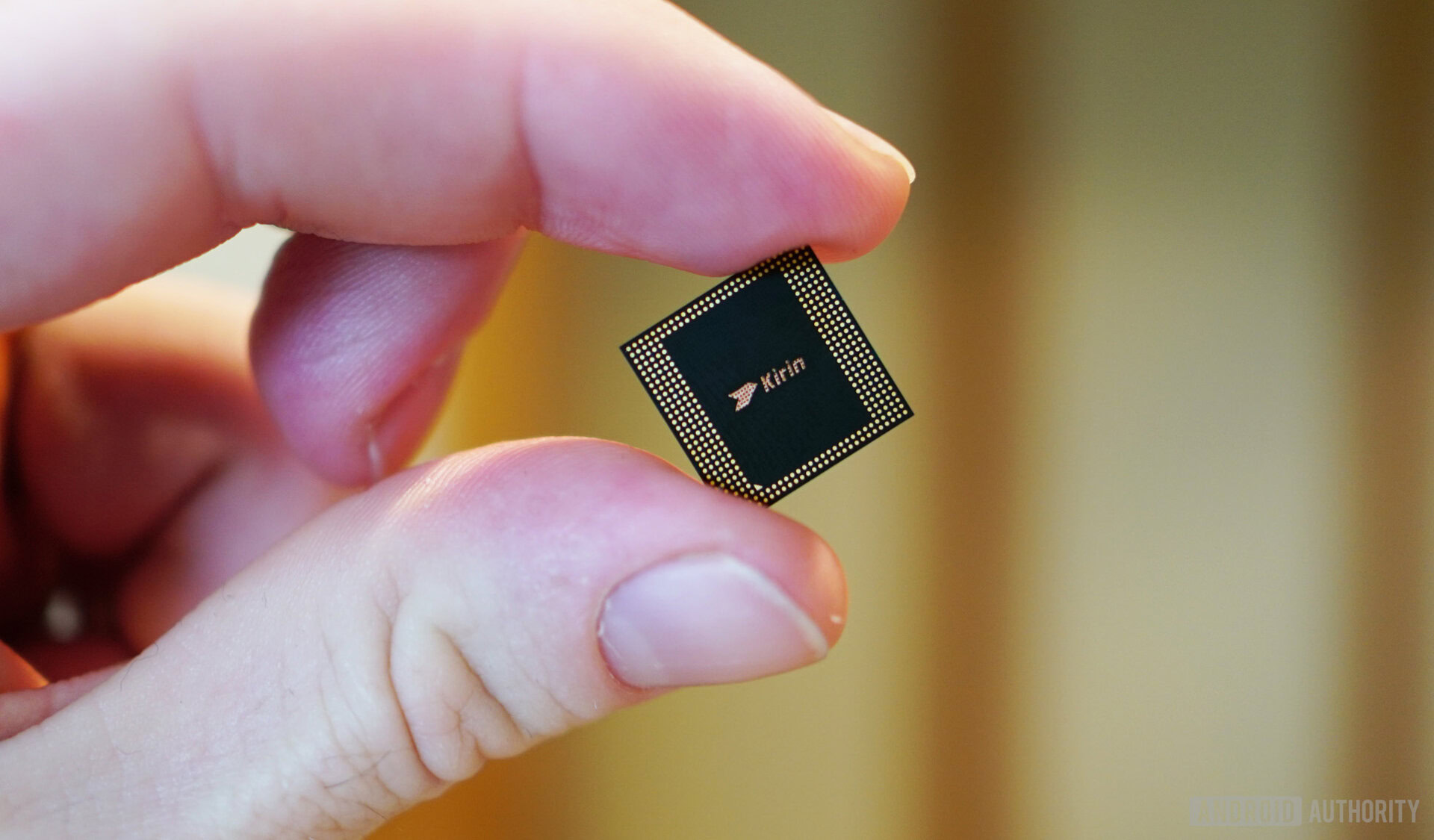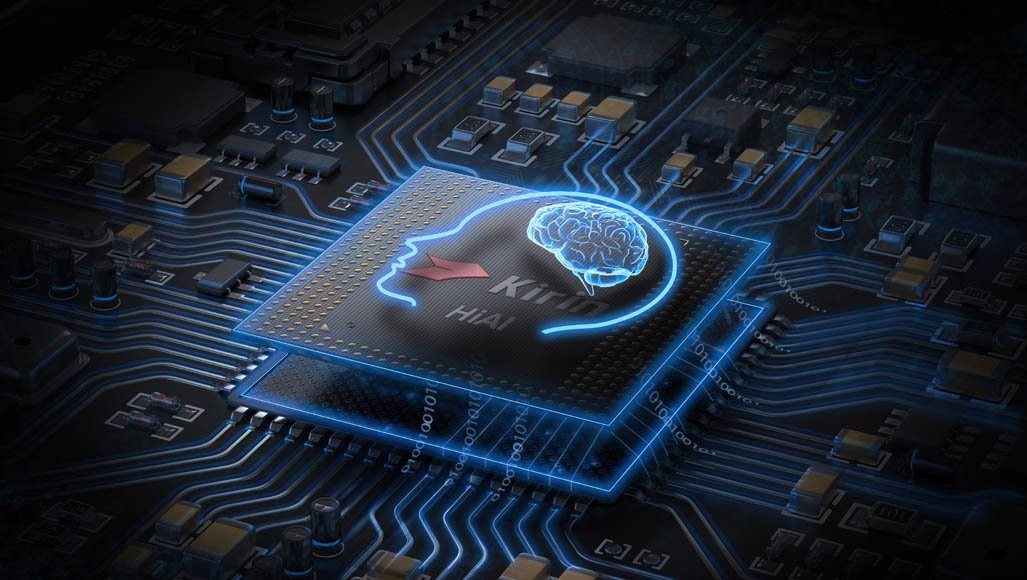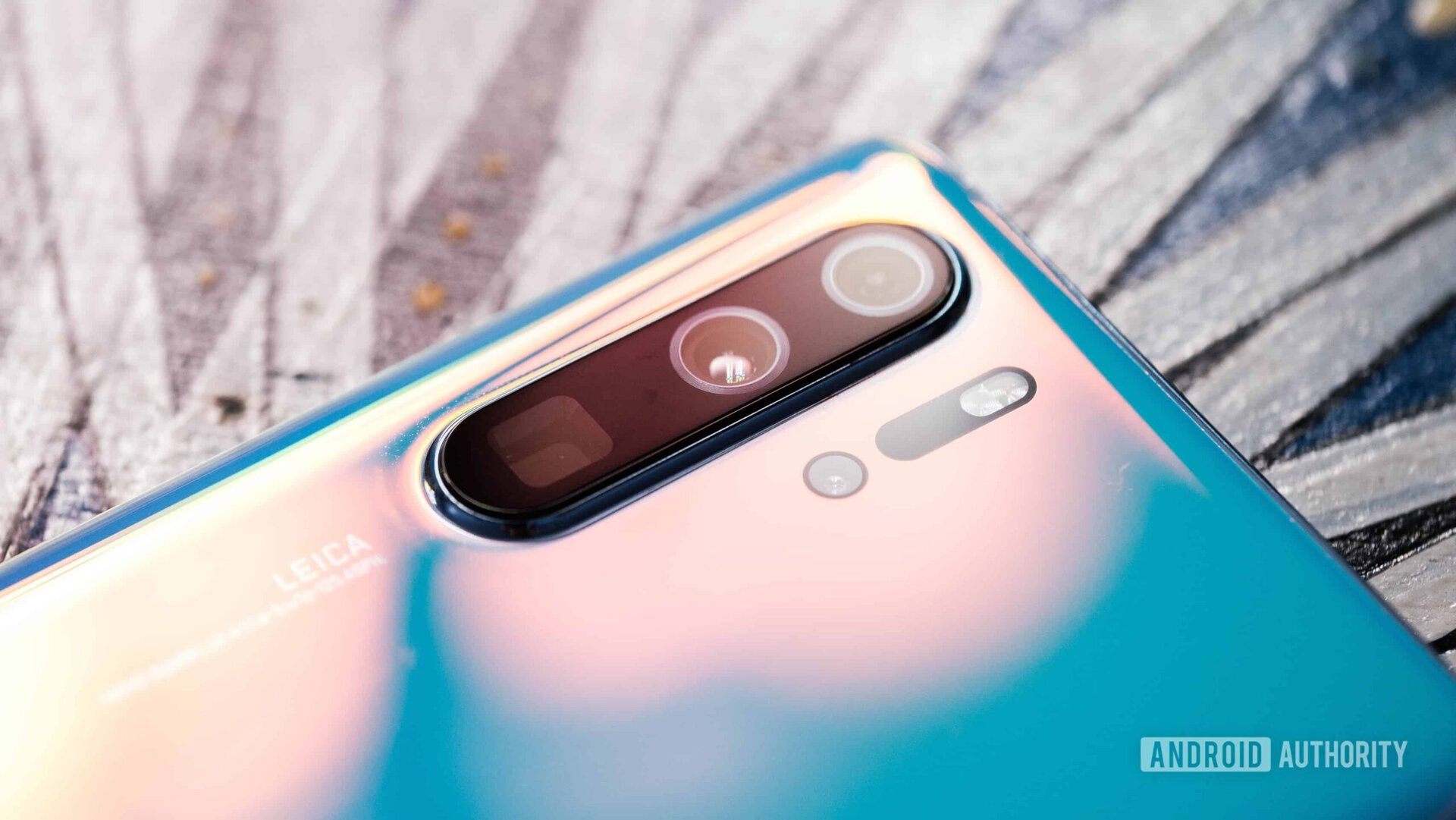Affiliate links on Android Authority may earn us a commission. Learn more.
Here's why losing Arm is a far bigger deal for HUAWEI than losing Google

Huawei is in deep trouble this week after the U.S. government slapped it with a trade ban, affecting all U.S. companies dealing with the Chinese manufacturer.
The move means HUAWEI loses out on important smartphone components, as well as Google’s services on Android. The latter was particularly troubling news, as all upcoming HUAWEI phones aren’t allowed to ship with Google’s apps (e.g. the Play Store, Search, Maps) and the Google Mobile Services framework that underpins Android in the west.
HUAWEI received a temporary reprieve from the U.S. government yesterday, allowing it to gain access to Google’s Android software in order to keep existing devices updated.
However, veteran chip company Arm is also reportedly cutting ties with the Chinese firm — and that’s a far bigger blow than losing Google’s services.
Losing an Arm

Arm is the life blood of the smartphone market, as it’s responsible for the inner workings of the vast majority of smartphones. The company’s architecture and instruction sets are licensed by literally everyone in the smartphone industry. The way a smartphone thinks and processes things? That’s Arm technology right there.
Read: HiSilicon — What you need to know about HUAWEI’s chip design unit
Arm is also responsible for designing the CPUs and GPUs used in the majority of phones around the world. With the exception of Apple, almost every mobile chip maker out there licenses Arm’s CPU and/or GPU designs for its own processors too. Whether it’s Qualcomm, HUAWEI’s HiSilicon chip unit, MediaTek, or Samsung’s Exynos, they all use this tech. So you’ve got Arm hardware in your Samsung Galaxy, Google Pixel, HUAWEI device, and just about any other Android brand you can think of.
Simply put, HUAWEI has seemingly lost the very technology it requires to actually make a modern smartphone.
What are HUAWEI’s options without Arm tech?

According to the BBC, HUAWEI will still be allowed to manufacture existing chipset designs (such as the mid-range Kirin 710 and high-end Kirin 980). The outlet adds that HUAWEI’s next-generation chipset, the Kirin 985, might not be affected either. So aside from sticking to its current Arm-based chips, what else can it do?

HUAWEI doesn’t really have any solutions without Arm technology. One possibility is that it might simply use another chip maker’s processors (e.g. Samsung Exynos or MediaTek), as they have all the required Arm licenses. But this is highly unlikely, as Arm will likely be forced to to take action against the company in order to enforce the U.S. order.
HUAWEI can’t turn to chips based on Intel’s PC-focused x86 architecture either, as Intel doesn’t produce these chips any more and wouldn’t be allowed to sell them anyway.
Another possibility is that HUAWEI makes its own CPU and GPU, but they would need to use an alternative architecture to x86 and Arm. However, there aren’t any other architectures out there that are compatible with Android in the first place (with the exception of the U.S. made MIPS). Furthermore, you can’t just design a CPU and GPU in a few months, it often takes several years of planning and execution.
HUAWEI can live on without Google, but not Arm.
In other words, this new development makes the prospect of HUAWEI losing Google services look tame by comparison. HUAWEI without Google means users will likely have to sideload apps and figure out workarounds to get Google services on a new phone, while its business can continue as usual in Google-free China.
But unfortunately for HUAWEI, there’s no working around the loss of the very hardware required to make a phone in the first place.